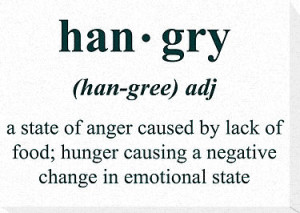After seeing an older post on why people choke under pressure, I wondered about the other side of that coin. In my experience, I believe I work well under pressure. I’m cranking out a good chunk of my blog posts in one week (or one night… nuances) and I somehow kept up in high school as a procrastination-prone perfectionist.
According to one source, the concept that people can work well under pressure is a myth. Pressure stresses out the human brain, prompting failure to execute tasks as well as the brain could in a relaxed environment. One study utilized two experiments to support this idea that success under pressure is a myth: “In experiment 1 chronic procrastinators completed fewer items (slow speed) and made more errors (less accuracy) than non-procrastinators under high but not low cognitive load conditions when the time span was limited and brief. In experiment 2 chronic procrastinators performed slower than non-procrastinators under a 2 second, but not under no limit, 1 second, or 4 second time limit conditions.”
Other information contradicts the conclusion of the studies above (and thus more studies need to be conducted before we can make a concrete decision on this matter). The body, when under stress, experiences physiological symptoms (“sweaty palms, muscle tension, dry mouth, nausea, and an increased heart rate” source). Your body’s “mental approach” determines white state you enter – the challenge state or the threat state. The challenge state is more positive in its thinking, while the threat state is negative. In the former state, the physiological symptoms listed above pump blood to the brain more quickly, resulting in efficiency and success when dealing with pressure. On the other hand, the physiological symptoms work against the body in the threat state, as blood vessels constrict rather than pump to the brain efficiently (source).
One study suggests that phrases like “don’t choke” increase the likelihood that someone will mess up (my hypothesis is that the expectation to do poorly conveyed by this phrase puts someone in the same pessimistic mindset). Professor Daniel M. Wegner supported this concept by telling a group of people to “not to think about white bears” (source), prompting people to think about white bears as a result. Try the experiment on yourself, odds are you can’t NOT think about white bears.
From the information and statistics we have so far, your ability to work under pressure is based on your mindset. The concept sounds too relative and subjective and too few studies exist to give us a definitive explanation as to why people can or cannot handle the pressure of deadlines or immediate decisions.






